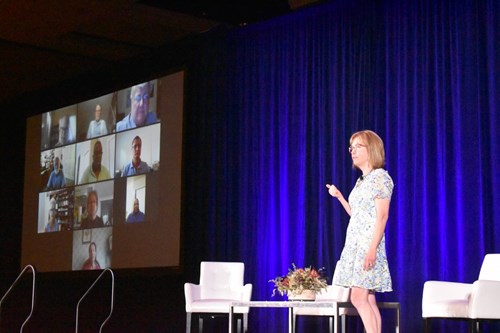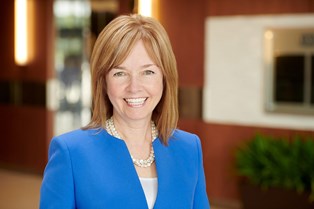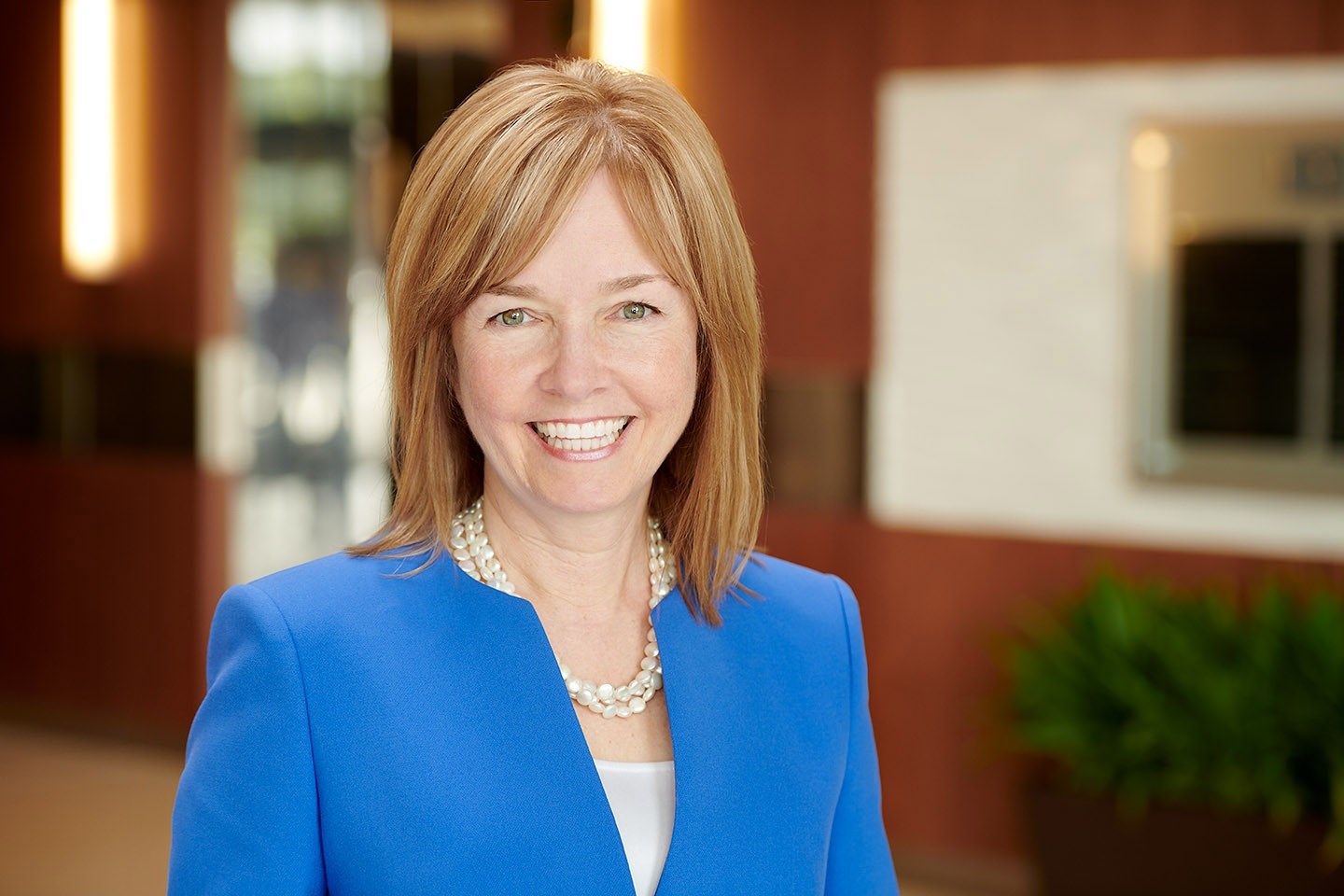A recent panel of Medicare beneficiaries revealed that every beneficiary wanted and welcomed communications from their health plan. Here's how to make communications the most effective in driving action.

At the recent RISE West conference, I hosted a panel of Medicare beneficiaries to learn how they feel about a variety of topics related to their health plan. There were some surprising insights from the panel but one common theme we learned was that every beneficiary wanted and welcomed communications from their health plan. The messages they wanted included:
- Help knowing what benefits they have and can use to stay healthy or be healthier
- Reminders on what appointments and screenings need to be made
- More detailed breakdowns on their benefits
- Personalized information on where they are in the donut hole
These findings point to positive validations for health plans to continue reaching out to their members, however, all communications are not created equal. To make communications the most effective in driving action, health plans should use behavior science tactics to incrementally improve results. Behavioral science approaches identify the various stages seniors go through when thinking about and acting on their health. This approach also illuminates the different types of messages that resonate best with a senior population.
Medicare plans that want to see high engagement, satisfaction, and positive outcomes should consider:
Keeping it simple
Jargon filled health plan information is hard for anyone to understand, let alone seniors who often have difficulty comprehending health care information. To this point, it’s important to keep messages at an 8th grade reading level, keep choices to a minimum (less than three), and state the desired action at the beginning and end of the message. Our work has shown that more frequent communications containing a less complex message outperforms fewer, more complex messages for a senior population.
Capturing barriers
When sending reminders for preventive care, soliciting why a member is unlikely to make or keep an appointment will increase engagement rates when providing direct messaging to that barrier. For a Medicare population, the frequent barriers we’ve uncovered include lack of transportation, cost, fear of the test or preparation, and simply a belief that the procedure is unnecessary.
Receiving intent to act
Research has consistently shown that health care consumers who answer “yes” to a question that specifically asks if the member will commit to an action are 10-15 percent more likely to take that action than those that were not asked an intent question. Using behavioral nudges timed strategically as follow-ups for those who expressed positive intent to do something can further increase the likelihood of action by 30 percent or more.
There are many more levers to consider when designing communications for a senior population such as communications frequency, channel preference, and personalization. When all are considered, member engagement and action will only get better and better.
About the author

 Kathleen Ellmore is the cofounder and managing partner of Engagys, a leading health care consulting, research, and advisory firm.
Kathleen Ellmore is the cofounder and managing partner of Engagys, a leading health care consulting, research, and advisory firm.
Ellmore is one of the earliest pioneers in bringing the best of consumer marketing and data driven methodologies to healthcare.
For more information, email kellmore@Engagys.com or visit www.engagys.com.
